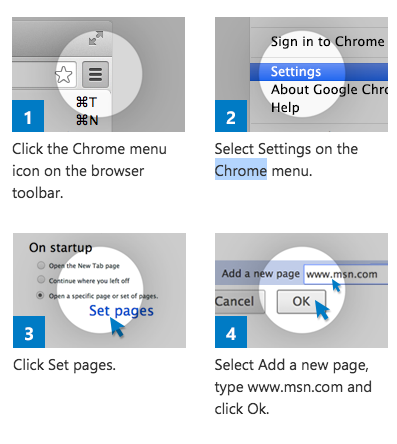
The plight of the nation’s first-time buyers may be the focus when it comes to government housing initiatives, but our latest research shows that it’s second-time buyers and downsizers who form the largest proportion of the homebuyer population, despite suffering from the lowest level of suitable housing availability.
We analysed the current population of the nation, splitting it into the homebuyer demographics of first-time buyers (aged 29 to 40), second-time buyers (41 to 64) and downsizers (65+), before also dissecting current housing stock based on property type, to reveal how out of kilter the market is when it comes to the availability of suitable homes for each level of homeownership*.
The plight of the nation’s first-time buyers has been well documented and time and time again, we’ve seen government initiatives aimed at fuelling buyer demand for first homes.
An imbalance of first-time buyer stock
However, our analysis shows that there are some 9.4 million 29 to 40-year-olds across the nation and while this figure has increased by 9.4% in the last decade, they account for just 25% of the total population aged 29 and above - the lowest proportion of all homebuyer demographics.
Despite this, first-time buyer suitable homes currently account for the largest proportion of housing market stock, with an estimated 5.4 million flats accounting for 23% of total housing stock, while some 6.6 million terraced homes make up 28% of all available housing.
What’s more, the number of flats has increased by 12.6% over the last decade, by far the largest increase of any property type, with terraced homes seeing the joint second largest increase in stock levels at 2.4%.
Downsizers outweigh first-time buyers
In contrast, second-home buyers aged 41 to 64 form the most significant chunk of the nation’s homebuyers, accounting for 47% of the homebuying population aged 29 and above. At 28%, downsizers also account for a larger proportion of the homebuying population compared to first-time buyers.
However, when it comes to suitable housing supply for these home buying demographics, our analysis shows they are at a notable disadvantage compared to first-time buyers.
Semi-detached homes account for just 24% of housing stock having declined by -0.8% over the last 10 years, with detached homes forming just 8% of total housing stock up by just 2.4% in the last decade.
The good old bungalow now accounts for just 8% of housing market stock, with the total number of bungalows dropping by -15.2% in the last 10 years.
How to rebalance a market that’s out of kilter
There’s no denying that first-time buyers are at a severe disadvantage when it comes to climbing the property ladder but the government’s insistence on fuelling demand while neglecting supply is only making the issue worse. The market is seriously out of kilter, with an oversupply of first-time buyer suitable homes to serve the smallest proportion of the homebuying population.
More must be done to incentivise downsizers in particular, as it will help unclog the higher rungs of the housing market, however, we need to deliver homes suitable to do so if we have a chance of rebalancing the market.























Join the conversation
Be the first to comment (please use the comment box below)
Please login to comment